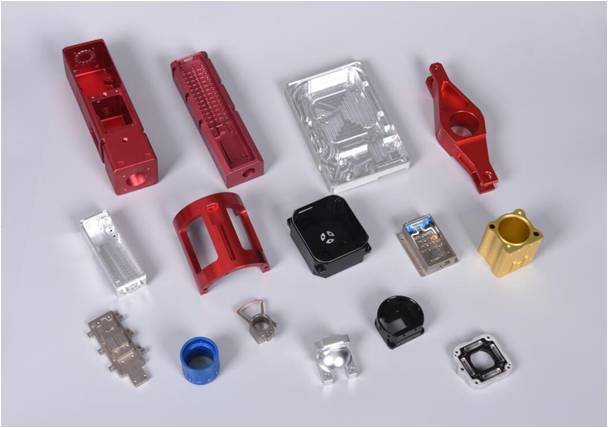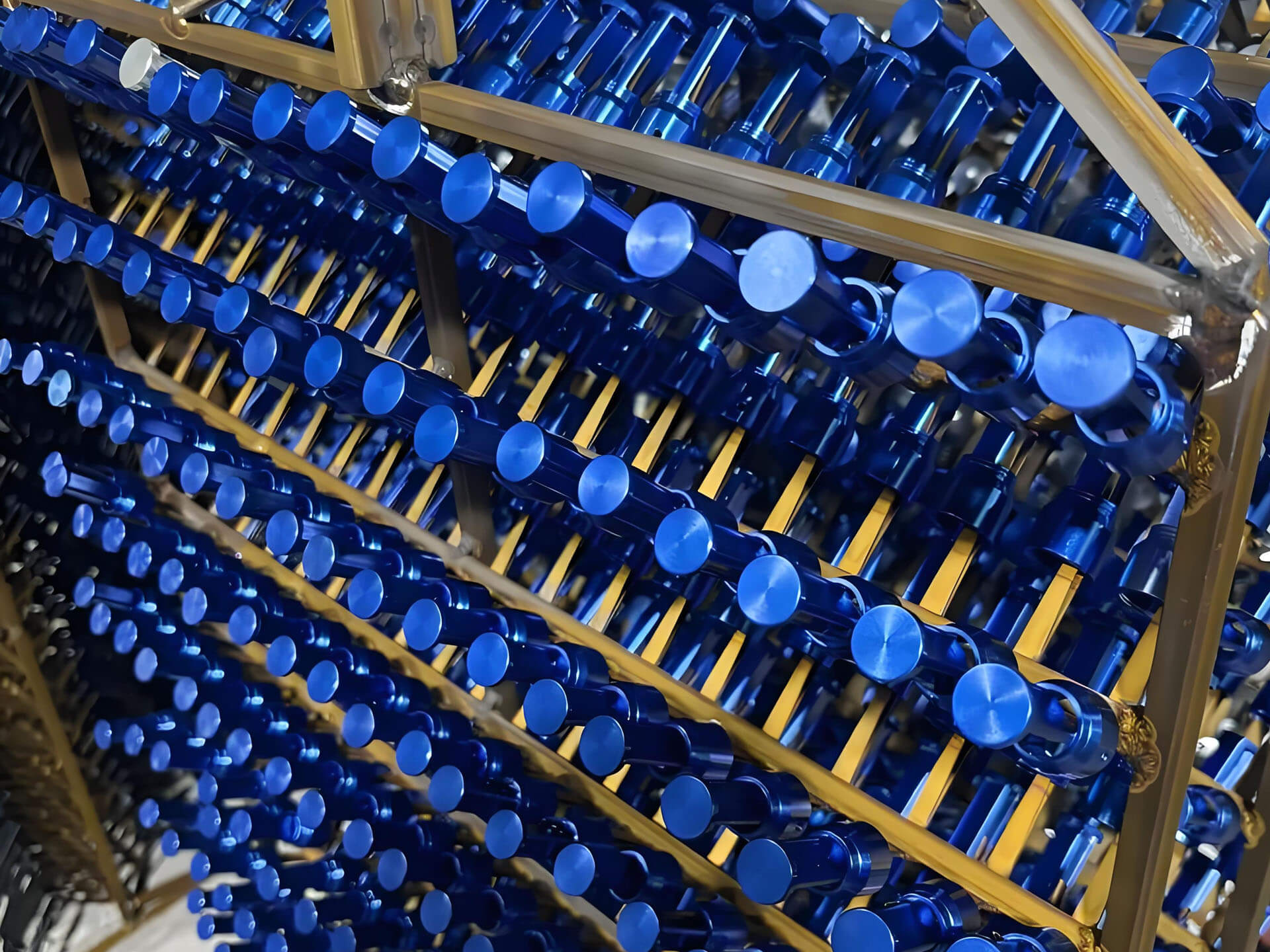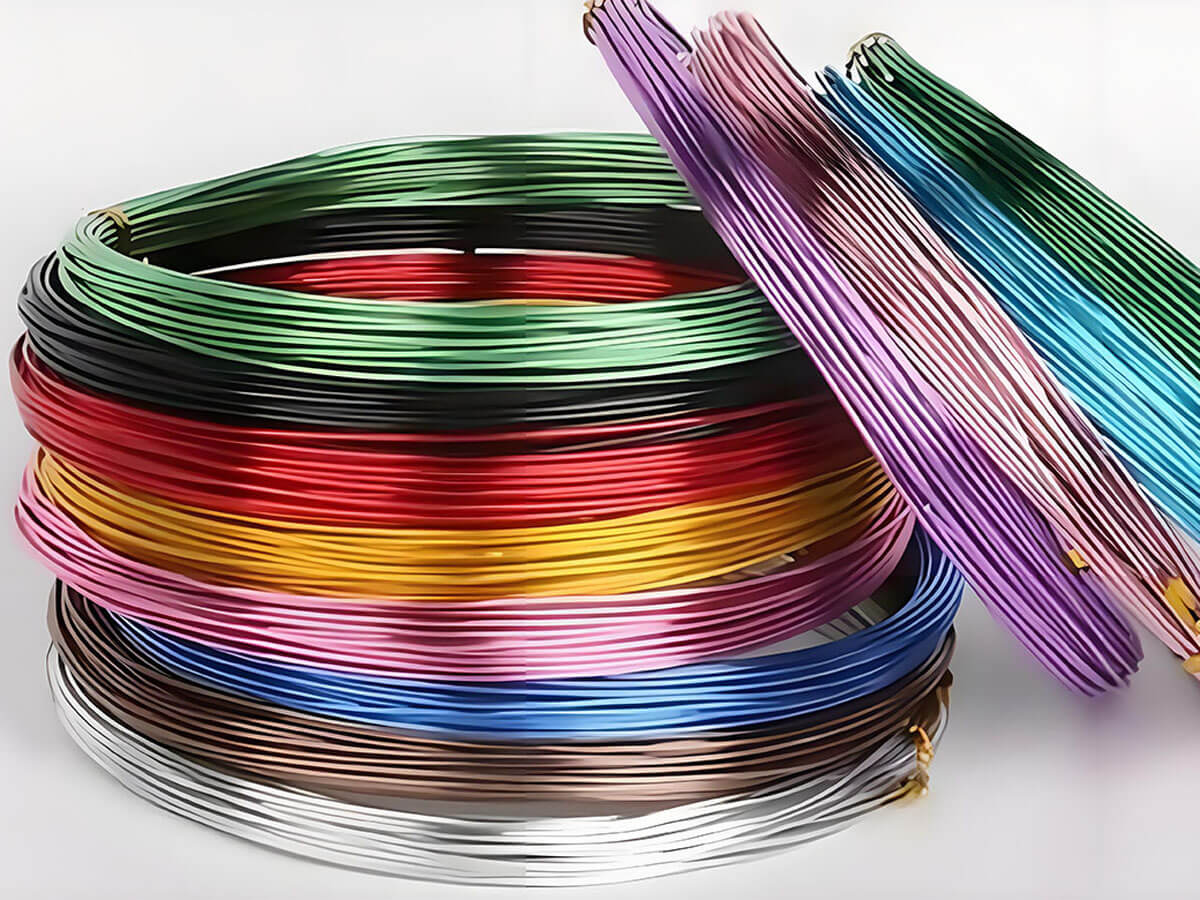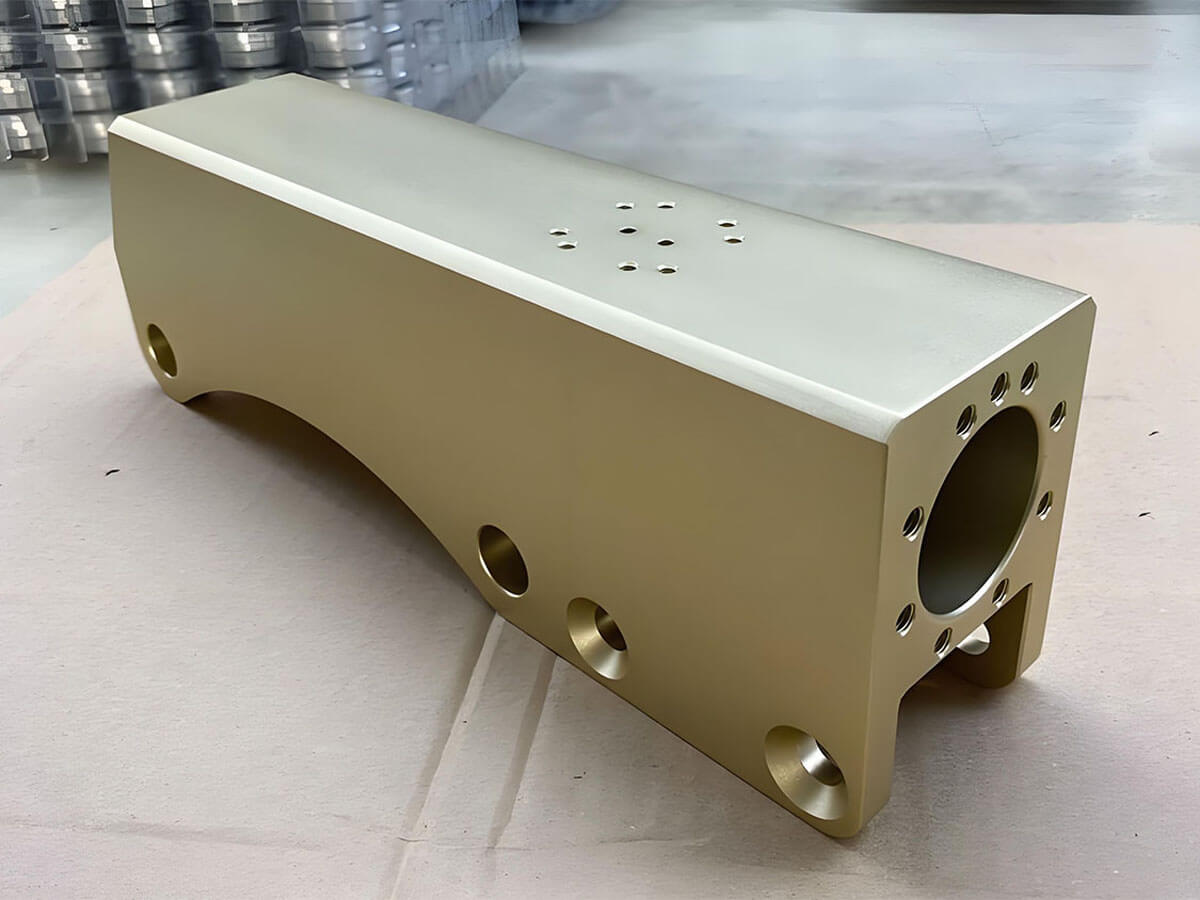Anodizing Services
Home » Surface Finishing Services » Anodizing Services
Getting a quote for aluminum anodizing services, it can be provided in any color you want.
At SYM precision machining, we can provide a wide range of anodizing services for aluminum machined parts. Aluminum anodizing is a process that increases the natural oxide layer on the metal’s surface, improving corrosion resistance, durability, and appearance. There are different types of anodizing, each with unique characteristics suited for specific applications. Here’s a look at the primary types, relevant standards, and color options available for anodized aluminum.

Types of Aluminum Anodizing
Type I – Chromic Acid Anodizing
Type I anodizing uses chromic acid to create a thin oxide layer. This layer is generally thinner than other types, offering basic corrosion protection without significantly changing the part’s dimensions. Type I is often used in aerospace and military applications where a thin, non-conductive layer is needed.
Type II – Sulfuric Acid Anodizing
Type I anodizing uses chromic acid to create a thin oxide layer. This layer is generally thinner than other types, offering basic corrosion protection without significantly changing the part’s dimensions. Type I is often used in aerospace and military applications where a thin, non-conductive layer is needed.
Type III – Hard Anodizing (Hard Anodizing)
Type III, or hard anodizing, involves using sulfuric acid but at colder temperatures and higher voltages, creating a very thick and hard oxide layer. This method provides excellent abrasion resistance, ideal for applications where the part will undergo a lot of wear, such as in industrial or military components. Type III is usually gray to black in color but can also be dyed in limited colors.
Anodizing Standards to Follow
MIL-A-8625
This is the military specification standard for anodizing aluminum and aluminum alloys. It defines the requirements for all three types (Type I, II, and III) and their subclasses. MIL-A-8625 sets precise guidelines for thickness, sealing, and testing to ensure durability and quality.
ISO 7599
This international standard covers general requirements for anodized aluminum and aluminum alloys, including thickness, sealing, and corrosion resistance. ISO 7599 is widely used in industries that manufacture components for international markets.
Color Options for Anodized Aluminum
One of the advantages of Type II anodizing is that it can be dyed in a wide range of colors, making it popular for aesthetic applications. Type III can be dyed but with more limited color options due to the thickness of the oxide layer.

Natural Colors
Anodized aluminum often has a natural metallic look, appearing silver or light gray. This is common in Type I and II anodizing.

Dye Colors
Type II anodizing can be dyed in various colors, such as black, blue, red, gold, bronze, and green. We also can offer custom colors as well.

Hard Anodize Colors
Type III hard anodizing is usually darker by default, ranging from gray to dark gray or black. Limited colors are possible but harder to achieve because the oxide layer is denser.
The latest aluminum anodizing service at SYM
Choosing the right anodizing type and following the correct standard is crucial for achieving the desired durability, functionality, and appearance. Type I is best for lightweight protection, Type II for general use and color options, and Type III for heavy-duty, high-wear applications. For consistency and quality, MIL-A-8625 and ISO 7599 are widely recognized standards to consider.
Get Your Parts Into Production Today!
Want to learn more about SYM precision machining services, please contact us now.
